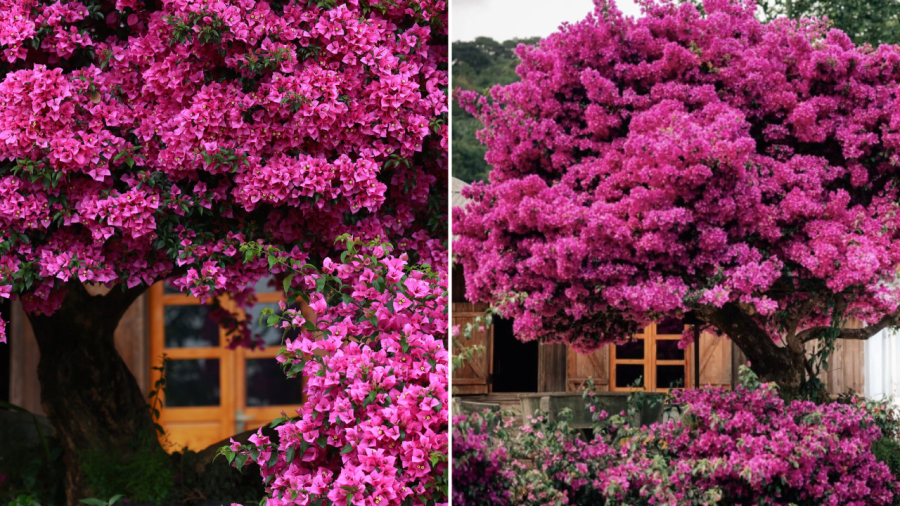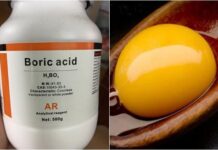Bougainvillea can bloom all year round, but if not properly cared for, it may produce fewer flowers or none at all. To encourage abundant flowering, pay attention to the following tips when growing bougainvillea.
Pruning After Flowering
Bougainvillea will be in its full glory during the hot season. When the flowers start to wither, it’s time to prune your plant to remove the faded blooms and weak, thin branches. This will help redirect the plant’s energy toward producing more flowers in the next blooming cycle.
When pruning, remove dry, weak branches, as well as densely intertwined ones, to promote better airflow and allow more sunlight to reach the entire plant. This will result in more vibrant and abundant blooms. Pruning also helps reduce the risk of pest infestations and maintains the overall aesthetic appeal of the plant.
For overly long branches, consider cutting them back to control the size and height of your bougainvillea. This will stimulate the growth of lateral branches, enhancing its flowering potential. While pruning, don’t forget to remove faded and wilted flowers, as they deplete valuable nutrients that could be utilized for future growth and flowering.

Caring for Bougainvillea After Pruning
After pruning, pay extra attention to your plant’s watering needs. Thoroughly soak the soil once and be mindful of the hot weather, as your bougainvillea will require more frequent watering. Avoid letting the soil dry out completely, especially for potted plants, as it can lead to root damage and wilting.
When watering, choose cooler times of the day, such as early morning or late afternoon, to avoid shocking the plant and causing rapid water evaporation. Ensure the soil is well-aerated and has good drainage to prevent waterlogging and root rot.
During extremely hot weather, refrain from fertilizing to prevent root burn. Simply focus on providing adequate water. Resume fertilizing when the weather cools down, and the plant has recovered.
For young or potted bougainvilleas, avoid placing them in direct, intense sunlight, especially around midday. Excessive sunlight can scorch the leaves.
Ideal Conditions for Bougainvillea to Bloom
Bougainvillea thrives in sunny conditions, so choose a planting location that receives ample sunlight. The more sun it receives, the healthier and more prolific its flowering will be.
To encourage blooming, you can try withholding water for a few days, allowing the leaves to slightly droop before resuming watering. This mild stress triggers the plant to produce more flower buds. Once you see an increase in flower buds, start watering again, but begin with small amounts to avoid shocking the plant. Consistent watering is crucial once the plant is in full bloom to prevent flower drop.
To boost the plant’s nutrition, you can use well-rotted oil cake manure diluted in water and applied to the root zone.
During the budding stage, a solution of 0.3% potassium dihydrogen phosphate can be applied every 15 days. Apply it to dry soil to enhance nutrient absorption and promote more flowering.

































